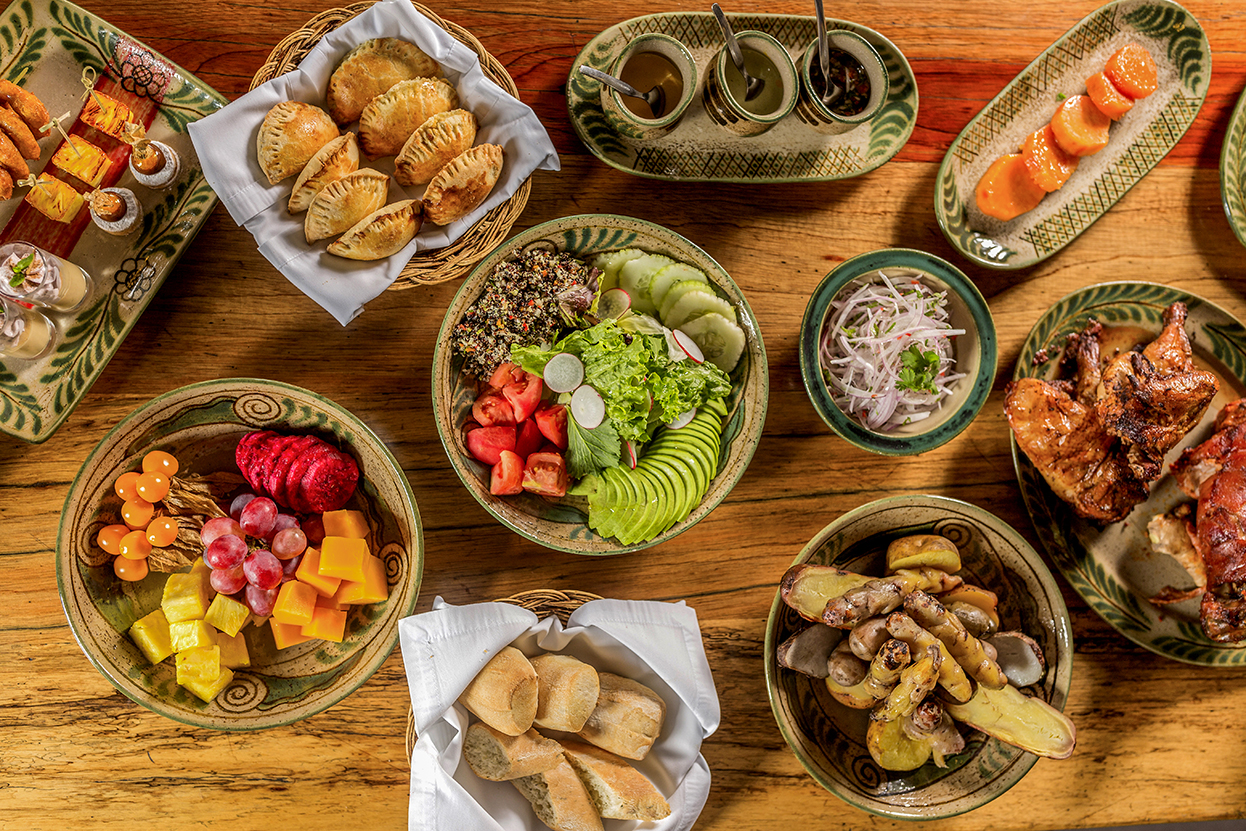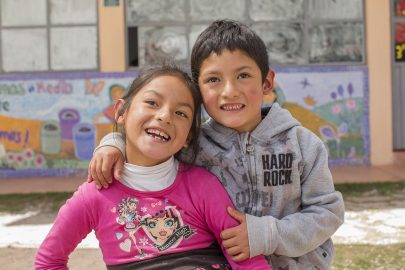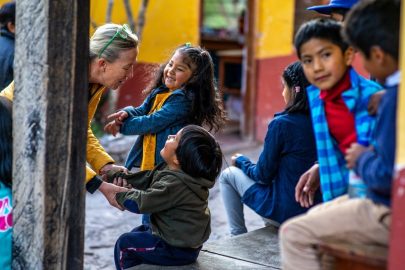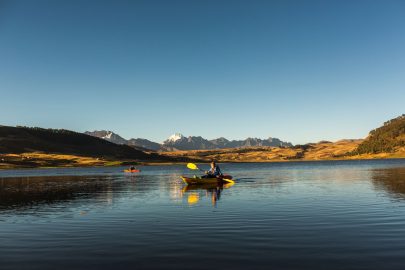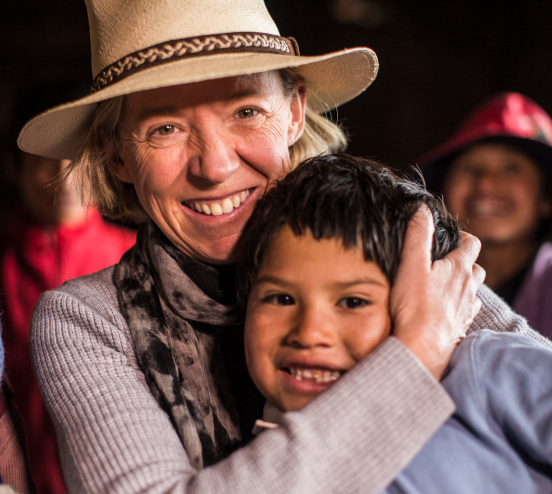Sol y Luna in the UK’s Daily Telegraph
“All the food is art. It’s a canvas of Peru”. When award-winning British author Natasha Pulley visited Peru, she let her taste buds lead the way.
Her trip was built around a simple philosophy, as she explains in the UK’s Daily Telegraph newspaper.
“One of the best ways to start understanding a country is to understand the food”, and this philosophy applies regardless of the location. “Each trip reveals the tastes, textures and terrains that set these places apart” writes Natasha.
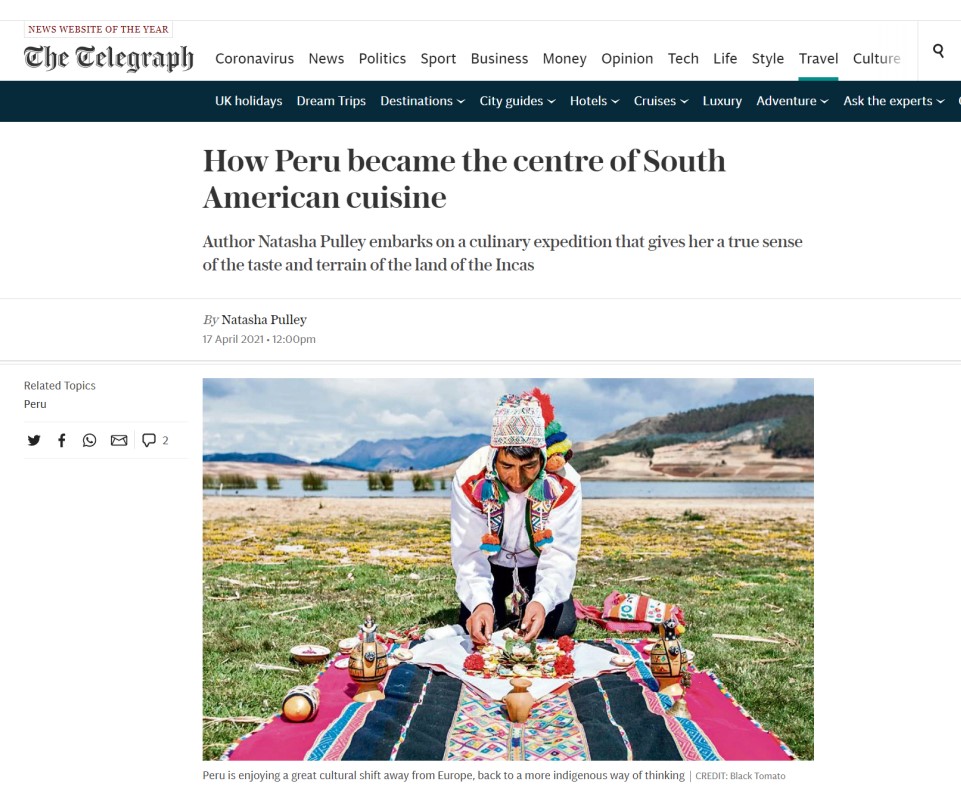
Already familiar with Peru, having spent three months travelling through the country a few years ago whilst researching a novel, she certainly chose her country well.
After all, Peru has been nominated the World’s Leading Culinary Destination by the prestigious World Travel Awards for nine of the past 10 years – a quite incredible feat that highlights quite how impressive Peru’s culinary culture has become in recent decades.
What’s more, three of the world’s top 50 restaurants are based in Lima, Peru’s capital, including Central at a hugely impressive number two in the list, and Maido snapping at its heels at number 11.
And of course, if you’re going to sample the best that Peru’s fine dining scene has to offer, the trip wouldn’t be complete without a visit to Sol y Luna, high in the Sacred Valley and a long way from the urban restaurants of Lima.
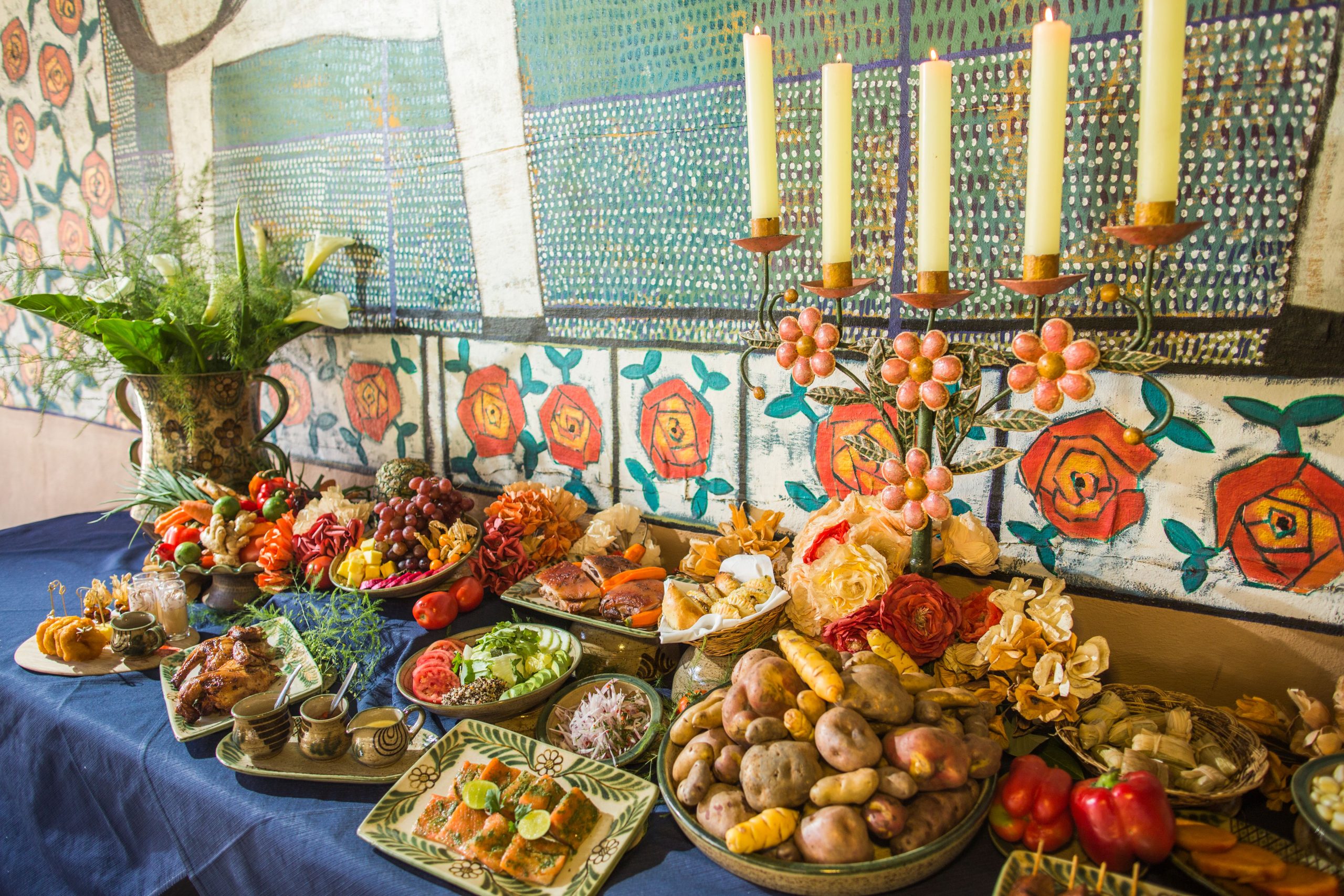
“These are the Inca heartlands, where titan ruins populate the mountainsides” writes Natasha, describing her arrival to this legendary valley, and then on to Sol y Luna itself.
“Rather than a room, guests are given their own casita, a little house, set in a hummingbird-jewelled garden. Little, in this instance, means an airy, colonial-style bungalow with a bathroom the size of my flat, and underfloor heating to combat the high-altitude chill”.
This isn’t the first time Sol y Luna has featured in the Telegraph – it has been a popular feature in the paper for many years, and for good reason.
Describing the hotel as a “beautiful Relais & Chateaux resort in the heart of Peru’s Sacred Valley, set in lush gardens, with two excellent restaurants, a large spa, pool and its own stables”, it’s easy to see why it’s such a popular base for people looking to explore the incredible Inca ruins of Machu Picchu and get to know such a culturally rich and historic part of the country.
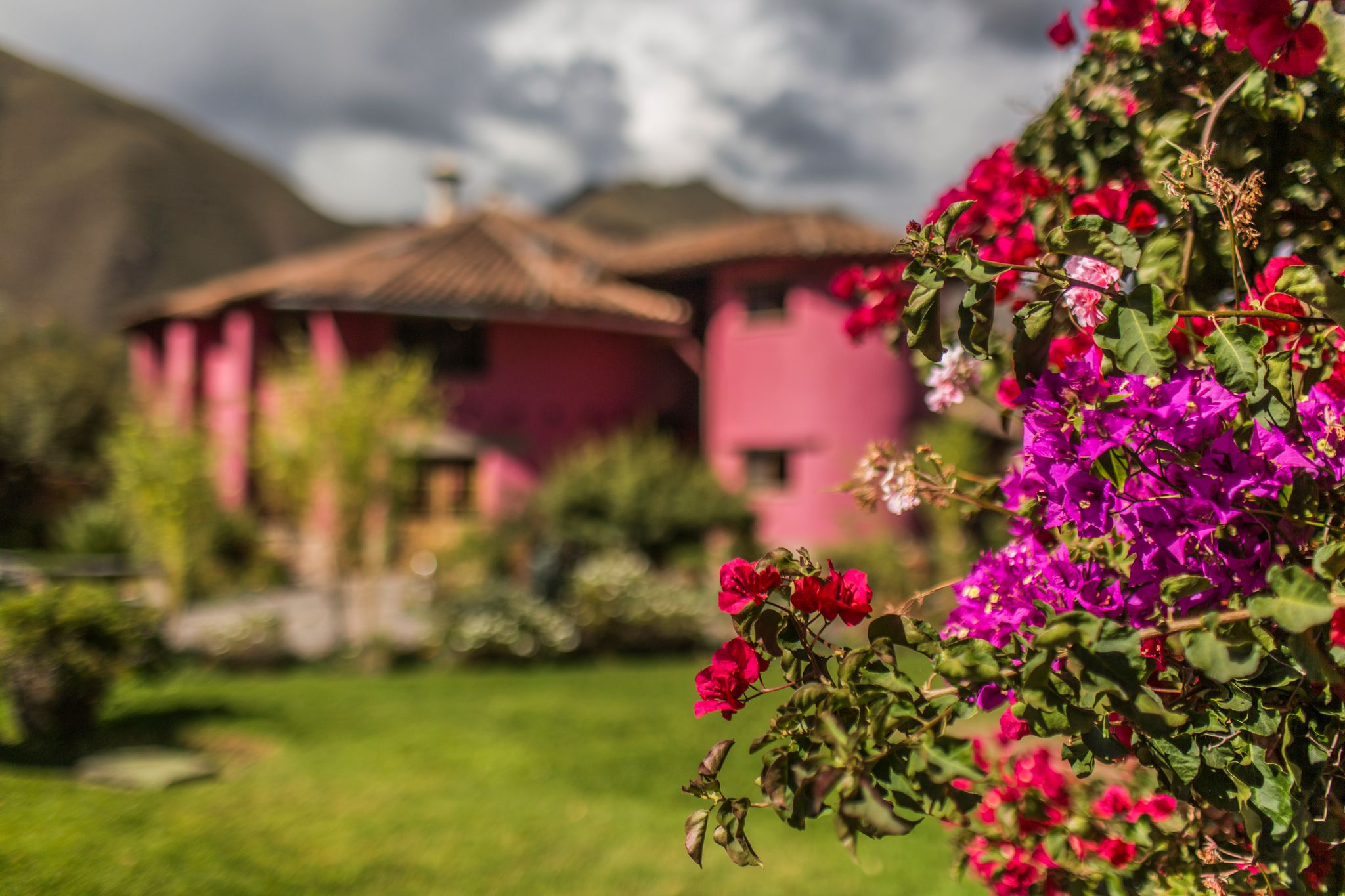
“Excellent guides are on hand for cycling and riding excursions and trips up to the nearby ruins – the Moray Inca agricultural site and the Salineras salt-pans are half an hour’s drive away”, and with horses, bikes, quadbikes and more available for guests, there’s no shortage of activities and excursions to keep even the most active visitors busy.
And with large, bougainvillea-filled gardens, a pool, jacuzzi and spa, and of course two restaurants, there are plenty of ways to pass the time much closer to home.
“It feels like a honeymoon sort of place” continues Natasha, discussing the potential pitfalls of travelling alone. “The manager always came to talk to me at breakfast. At dinner, the chef came out and gave me a huge portion of brownies because he thought I hadn’t eaten enough. I’ve never felt more looked after”.
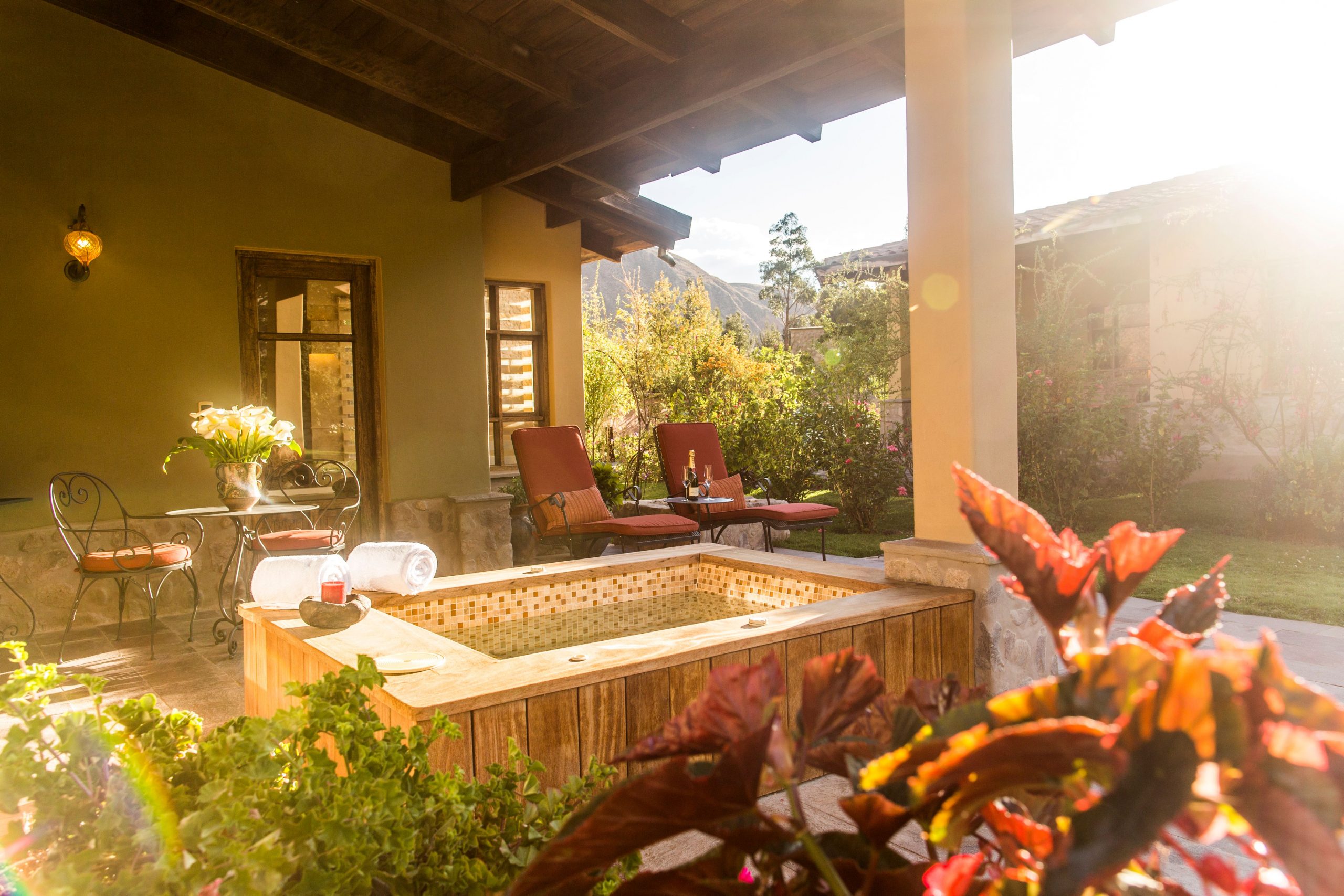
Time spent in the peace and tranquillity of Sol y Luna and the Sacred Valley clearly made a deep impression on Natasha, as she ponders the fact that, despite being colonised by a European power 500 years ago, and undergoing a largescale shift towards European influences as a result – Peru, after all, is predominantly Catholic, and Spanish-speaking – the Sacred Valley seems to retain a hold on the old ways.
There are still Quechua speakers in these parts, and many people still work the land as their Inca ancestors would have done. What’s more, there is even talk of a shift away from Catholicism and back towards the older gods of the highlands.
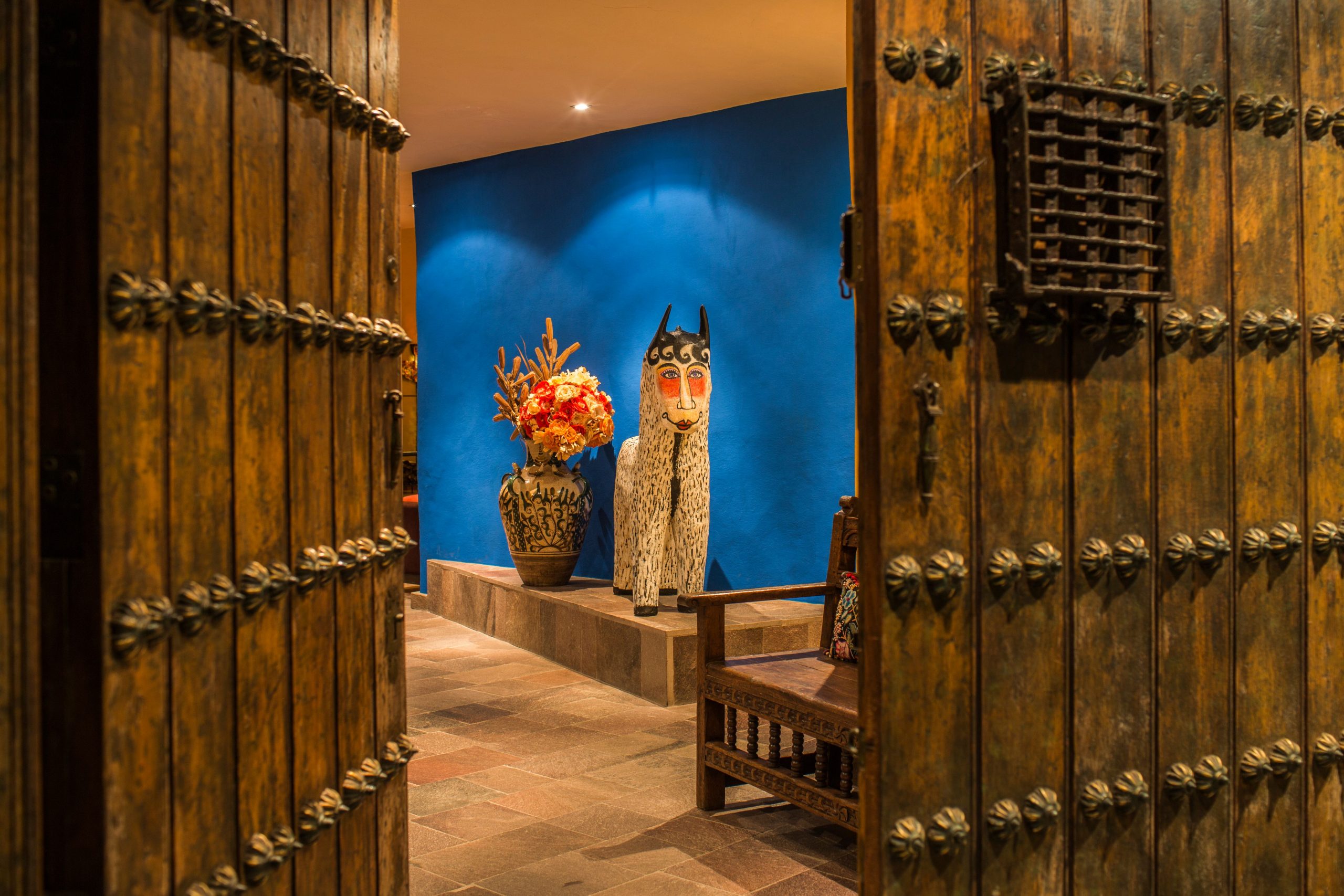
“I think this is really the cornerstone of the whole experience” writes Natasha as she talks of her experience talking to Peruvians on her travels about their lives and experiences in the uplands. “It isn’t only about food, but understanding why there is this great cultural shift away from Europe, back to a more indigenous way of thinking that was lost under the conquistadors.”
“It’s all starting to flower again, and being allowed to witness the growing appreciation for the local heritage is uplifting”.
